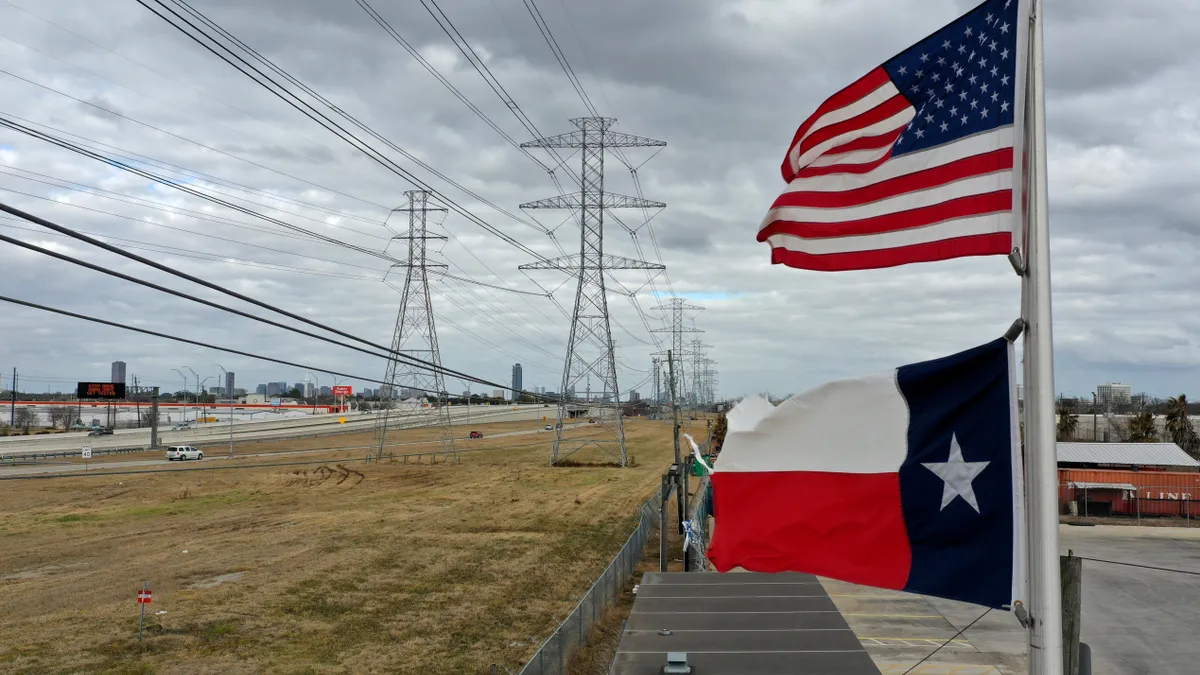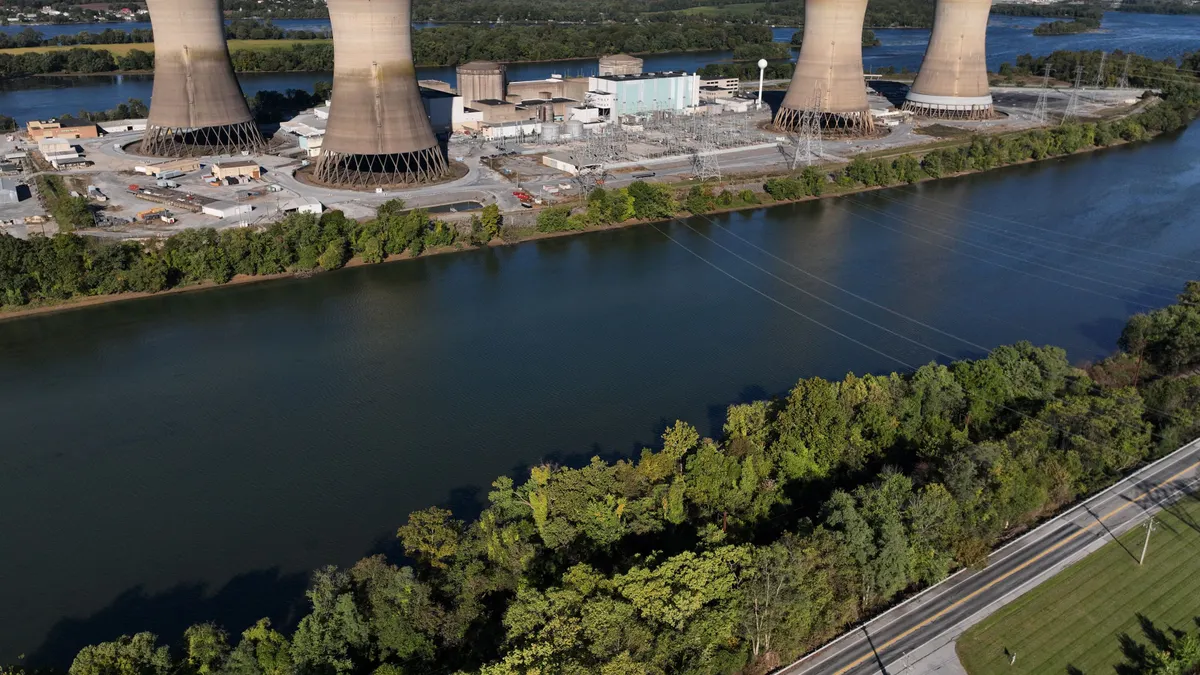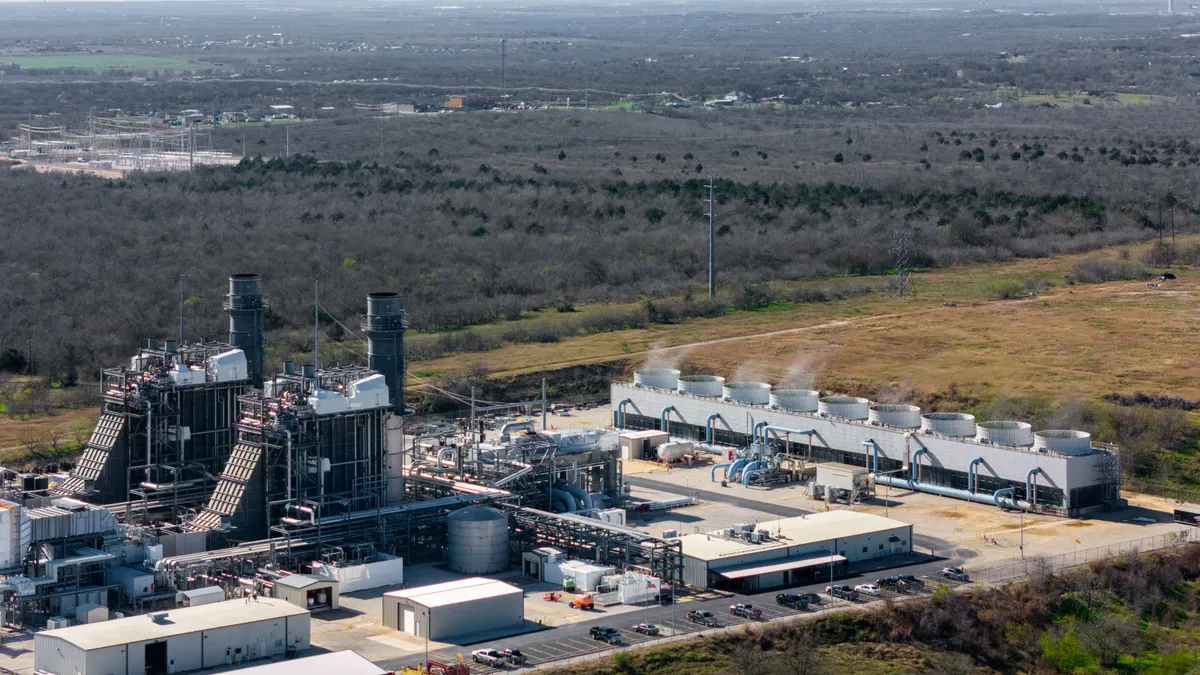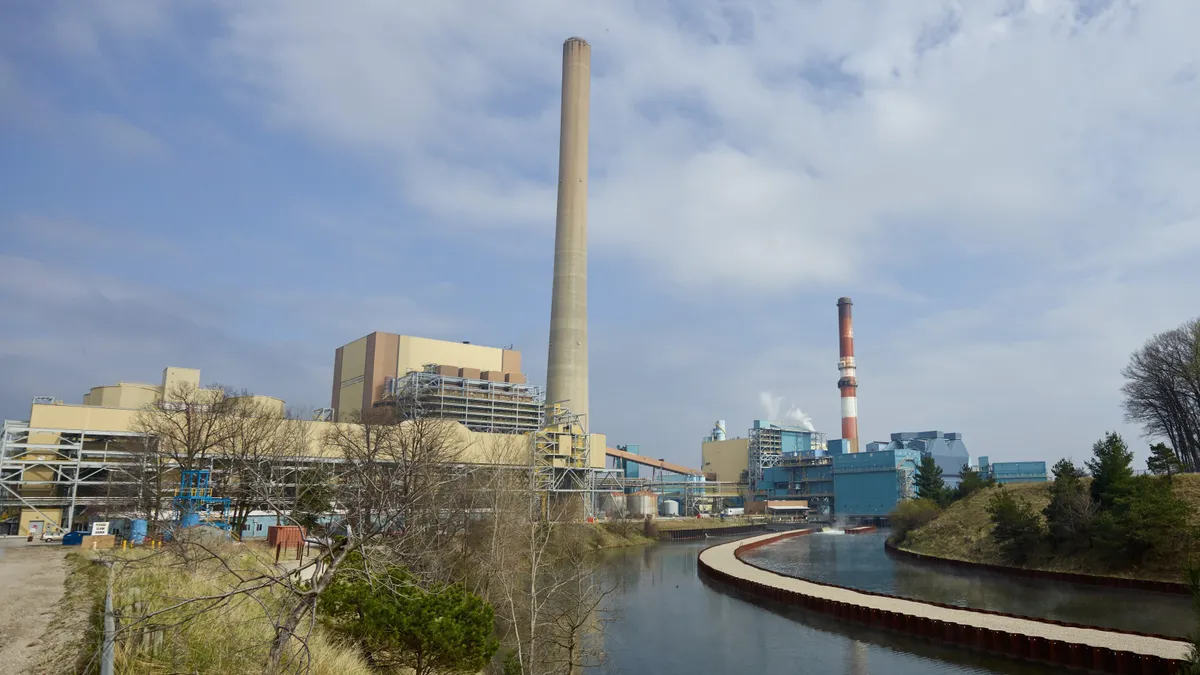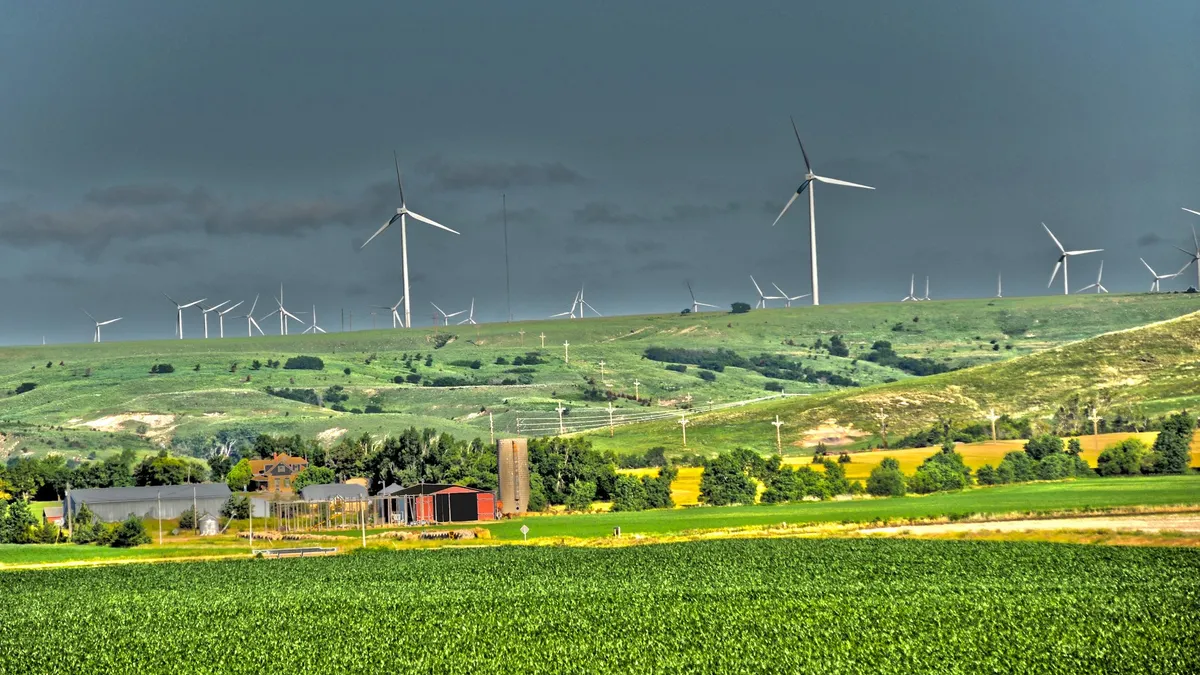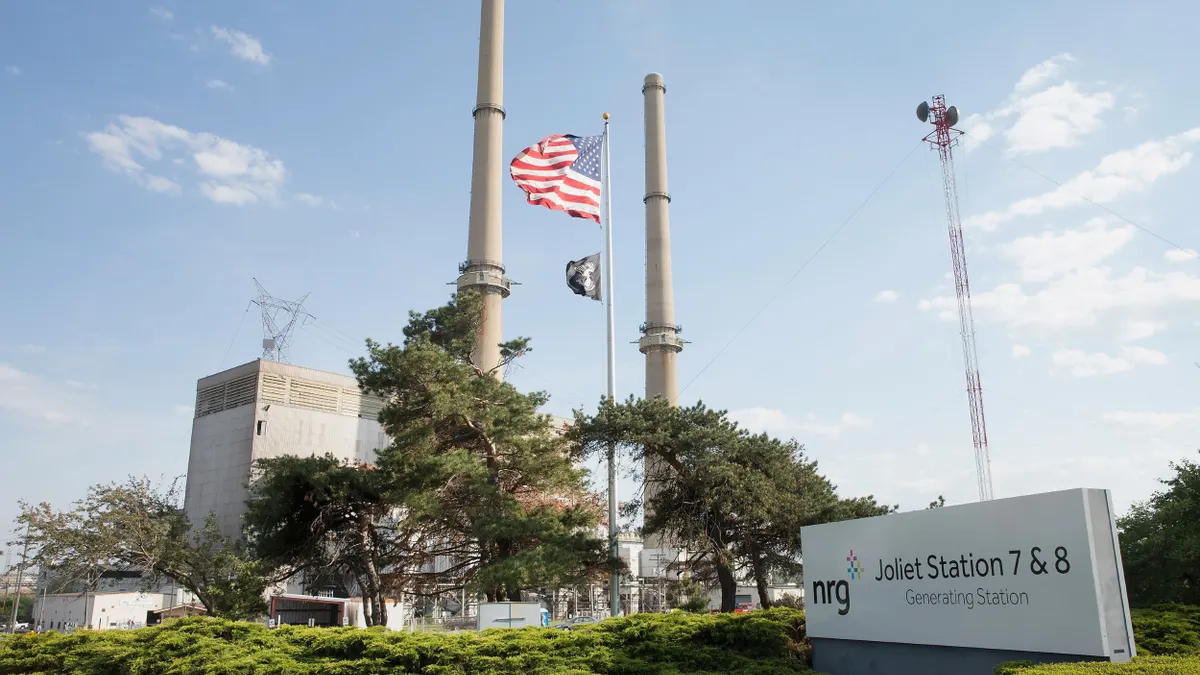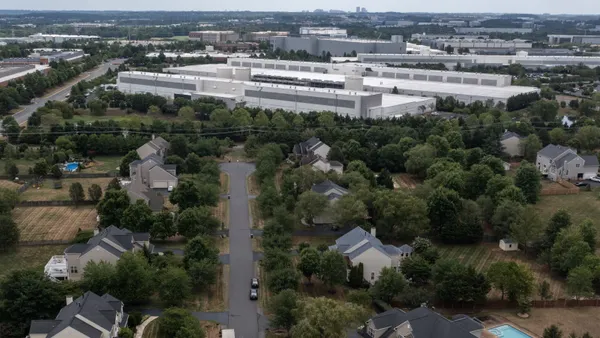Sean Kelly is the co-founder and CEO of energy forecasting company Amperon.
Federal energy policy has been the subject of such rancorous political debate that fossil fuels, renewable energy and electric vehicles have become part of the culture wars dividing people across the United States.
But while the federal government continues picking winners and losers among energy technologies, Texas demonstrates an affordable and reliable path to achieving American energy resilience that repeatedly prioritizes practicality over ideology.
To be certain, the state has had its fair share of reliability challenges in recent years, and extreme weather will continue to be a risk to our energy infrastructure. But Texas is blessed with tremendous natural gas, wind and solar resources, and embracing these with an all-of-the-above strategy has kept the state’s electricity prices affordable in recent years. Equally important, Texas has shown that resources must stand on their own economic merits. If they don’t deliver affordable, reliable energy in practice — not just on paper — they don’t scale here.
Electricity rates for residential and business customers in the Electric Reliability Council of Texas are 24% lower than the national average, according to the U.S. Energy Information Administration. That won’t seem low enough to Texan households struggling to pay bills, but rates would be substantially higher without the solar power and energy storage capacity brought online here in recent years. We’ve seen the results of this development in the AI-powered wholesale price forecasts we produce for ERCOT.
Amperon’s data shows that both day ahead and real time market prices have trended down significantly over the last four years as ERCOT’s solar capacity has increased by more than 200%.
With no fuel costs, solar operates at a low marginal cost, pushing market prices down. Thanks to ERCOT’s competitive market structure, wholesale cost savings make their way not just to investors but also to customers.
The dynamics are the same for wind power, but the development of new wind generation hasn’t moved as quickly as solar has in recent years. Combined, though, wind and solar can now supply up to nearly half of ERCOT’s total electricity demand, which makes the market less reactive to increases in the cost of natural gas. The rapid installation of battery storage is also expanding the impact of low-cost renewables by storing and discharging excess generation during other times of high demand.
But affordability isn’t just about wholesale market dynamics; it’s also about designing rules that incentivize the right behaviors for consumers.
In Houston, for example, many retail providers offer free power at night or on weekends, which encourages customers to shift usage when the grid has excess supply. Programs like smart EV charging reward Texans for plugging in cars when it makes the most sense for the grid and their pocketbooks. These are the kinds of consumer-friendly market rules that keep our system efficient, innovative and fair.
Unfortunately, when it comes to affordability, this may be about as good as it gets. Energy Innovation, one of the many research groups modeling the economic impacts of recent federal legislation, projects the unwinding of tax credits for carbon-neutral generation will keep Texas from gaining another 77 GW of solar and wind power, which is almost equivalent to the entire state’s current peak demand on hot summer days.
Without new solar and wind, projected increases in future demand will have to be met by running existing thermal generation, which will put upward pressure on market prices. Although one could argue that if prices go up as much as Energy Innovation predicts (up to 54% for residential and business customers), the data centers and other commercial enterprises expected to arrive in the state won’t ever come.
The sudden policy swing isn’t just about affordability and economic growth though, because diverse electricity generation also makes ERCOT more resilient. The combination of natural gas, wind, solar and batteries (not to mention nuclear and hydro) keeps the power grid from being overly dependent on any single type of generation. For example, in late July, 5,019 MW of coal-fired generation went offline without causing an emergency.
Diversification creates the flexibility to absorb future disruptions in fuel supply too, and it decentralizes the entire system, making it less vulnerable to the kind of widespread outage that happened with Winter Storm Uri in 2021.
Texas is also paving the way for next-generation nuclear power with several small modular reactor projects greenlit, supported in part by the state’s newly created Texas Energy Fund. Nuclear won’t be the largest source anytime soon, but it adds a stable, carbon-free option to the state’s diversified mix.
Integrating large amounts of solar and wind was always going to require a period of operational adjustment, especially until the system had enough battery capacity to respond rapidly to unexpected mismatches in supply and demand. But this combination of new solar and battery capacity is why there were no Energy Emergency Alerts in 2024, despite “extended high summer peak periods,” according to the recent Assessment of Reliability Performance report published by TexasRE. The assessment also found the chance of rolling blackouts this summer is just 0.3% — down from 12% last summer (when, it should be noted, there were no blackouts).
Regardless of what’s being said at the national level, we know from watching the Texas market closely that ERCOT CEO Pablo Vegas was right when he told a House Committee meeting earlier this year that “the market, as structured today, is very well suited to support the growth trajectories that we're seeing increase in the state of Texas.”
Texas boasts a competitive marketplace with low barriers to entry, renewable energy zones for easier planning and non-partisan energy debates that have helped keep industry-friendly regulations in place. These policies and diverse generation sources absolutely affect the day-to-day market prices we forecast and track.
In short, the highly politicized national energy debates are missing the point. It’s not about ideology; it’s about doing what works. And what works in Texas is competition, consumer choice and resources that prove their worth economically. If we continue to let data — not dogma — drive energy decisions here, Texas will be fine, and we might just show the rest of the country a thing or two in the process.


